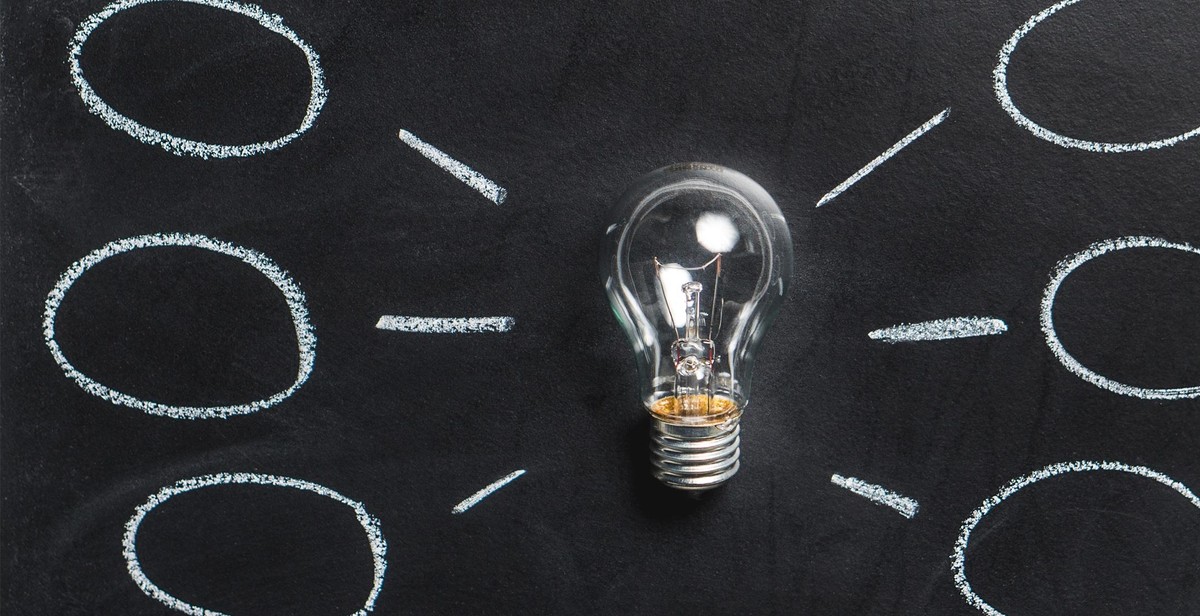How to Improve Your Poker Bluffing Skills
Poker is a game of strategy and skill, and bluffing is a key component of that strategy. Bluffing is the act of making your opponents believe that you have a stronger hand than you actually do. It’s a risky move, but when executed correctly, it can lead to big wins and a significant advantage at the table.
The Importance of Bluffing in Poker
Bluffing is an essential part of any poker player’s arsenal. Without it, players would have to rely solely on the strength of their cards to win, which would make the game less exciting and predictable. Bluffing adds an element of uncertainty to the game, making it more challenging and rewarding for players who can master the art of deception.
How to Improve Your Bluffing Skills
Improving your bluffing skills takes practice, patience, and a willingness to take risks. To become a better bluffer, you need to learn how to read your opponents, understand their playing style, and be able to identify when they’re vulnerable to a bluff. You also need to be able to control your emotions, maintain a poker face, and avoid giving away any tells that could give your opponents an advantage.
In this article, we’ll explore some of the most effective strategies for improving your bluffing skills and taking your poker game to the next level.
Understanding Bluffing in Poker
Bluffing is a strategy that is commonly used in poker. It involves making a bet or a raise with a weak hand in an attempt to deceive opponents into thinking that you have a stronger hand than you actually do. The goal of bluffing is to make your opponents fold their hands, allowing you to win the pot without having to show your cards.
Why is Bluffing Important?
Bluffing is an essential aspect of poker, as it allows players to win pots even when they don’t have the best hand. It is also a way to keep opponents guessing and prevent them from reading your play style. A well-timed bluff can help you gain an edge over your opponents and increase your chances of winning.
Different Types of Bluffs
There are several types of bluffs that players can use in poker:
- Semi-bluff: This involves making a bet or a raise with a hand that is not yet complete but has the potential to become a strong hand if the right cards are drawn.
- Pure bluff: This involves making a bet or a raise with a weak hand that has no chance of improving. The goal is to make opponents fold based on the strength of the bet or raise.
- Stone-cold bluff: This involves making a bet or a raise with a hand that has no chance of improving and no value, even if it is called.
- Reverse bluff: This involves acting weak or passive when you have a strong hand, in an attempt to induce your opponents to bet more aggressively.
Choosing the right type of bluff to use depends on the situation and your opponents’ play style. It is important to consider factors such as the number of opponents, the strength of their hands, and their betting patterns before deciding to bluff.
| Pros of Bluffing | Cons of Bluffing |
|---|---|
| Can win pots without having the best hand | Can be risky and result in losing chips |
| Keeps opponents guessing and prevents them from reading your play style | Requires skill and experience to execute effectively |
| Can be used to gain an edge over opponents | Can be easily detected and exploited by experienced players |
Overall, bluffing is an important strategy in poker that can help players win pots and gain an edge over their opponents. However, it requires skill, experience, and careful consideration of the situation before deciding to bluff.

Developing Your Bluffing Strategy
Bluffing is an essential part of poker, and developing a winning bluffing strategy can make all the difference in your game. Here are some tips to help you improve your bluffing skills:
Know Your Opponents
One of the most important things to consider when developing your bluffing strategy is your opponents. It’s essential to observe their playing style, tendencies, and behavior at the table. If you know your opponents well, you’ll have a better idea of when they’re likely to fold and when they’re likely to call your bluff.
Some players are more likely to call a bluff than others. For example, if you’re playing against an experienced player who has seen many bluffs in their time, they may be less likely to fall for your bluff. On the other hand, if you’re playing against a newbie, they may be more likely to fold if they’re unsure about their hand.
Choose the Right Time to Bluff
Timing is everything when it comes to bluffing. You need to choose the right moment to make your move. If you’re going to bluff, you need to make sure that your opponents believe you have a strong hand. You should only bluff when you’re confident that your opponents will fold.
One way to determine the right time to bluff is to pay attention to the board. If the board is showing low cards, it’s less likely that your opponents have a strong hand. If the board is showing high cards, your opponents are more likely to have a strong hand, and you should be more cautious about bluffing.
Pay Attention to Your Body Language
Your body language can give away a lot about your hand. If you’re bluffing, you need to make sure that you don’t give anything away. Try to remain calm and collected, even if you’re nervous or excited.
Some common signs of a bluff include fidgeting, avoiding eye contact, and sweating. If you notice any of these signs in yourself, try to remain calm and collected. If you notice them in your opponents, it may be a sign that they’re bluffing.
- Take note of your opponents’ playing style and tendencies
- Choose the right moment to bluff
- Pay attention to your body language and try to remain calm
By following these tips, you can develop a winning bluffing strategy that will help you improve your game and win more pots.

Practice Makes Perfect
Improving your poker bluffing skills takes time and practice. Here are some tips to help you get started:
Start Small
When you’re first starting out, it’s important to start small. Don’t jump into high-stakes games right away. Instead, start with low-stakes games where you can practice your bluffing skills without risking too much money. This will give you the opportunity to try out different strategies and see what works best for you.
Join a Poker Group
Joining a poker group can be a great way to improve your bluffing skills. You’ll be able to play with other players who are at a similar skill level and get feedback on your gameplay. Look for local poker groups in your area or online communities where you can connect with other players.
Play Online
Playing poker online can be a convenient way to practice your bluffing skills. There are many online poker sites where you can play for free or for low stakes. This allows you to practice your bluffing strategies without the pressure of playing in a live game. Additionally, many online poker sites offer tutorials and resources to help you improve your game.
No matter how you choose to practice, it’s important to be consistent. Set aside time each week to practice your bluffing skills and try out different strategies. With time and practice, you’ll become a more confident and successful poker player.
Conclusion
Improving your poker bluffing skills is an essential part of becoming a successful poker player. It requires practice, patience, and a willingness to take risks. By following the tips outlined in this article, you can start to improve your bluffing game and increase your chances of winning at the poker table.
Remember the fundamentals
Bluffing is a fundamental aspect of poker, but it’s important to remember that it’s not the only strategy you should be using. Make sure you’re also focusing on your hand selection, position, and reading your opponents to make informed decisions.
Practice, practice, practice
The only way to improve your bluffing skills is to practice. Start by playing low-stakes games and gradually work your way up as you gain confidence. Don’t be afraid to experiment with different bluffing techniques and see what works best for you.
Be aware of your image
Remember that your opponents are watching you just as closely as you’re watching them. Be aware of your image at the table and try to mix up your play to keep them guessing.
Stay patient
Bluffing can be a high-risk strategy, but it can also be highly rewarding. However, it’s important to stay patient and not get too caught up in trying to make a big bluff. Sometimes the best strategy is to wait for the right opportunity to present itself.
Stay focused
Finally, stay focused and don’t let your emotions get the best of you. Bluffing can be a thrilling experience, but it’s important to stay calm and collected at the table. Remember that poker is a game of skill, and the more you practice, the better you’ll become.
Improving your poker bluffing skills takes time and effort, but by following these tips and staying dedicated to your game, you can start to see real results. So get out there and start bluffing!
